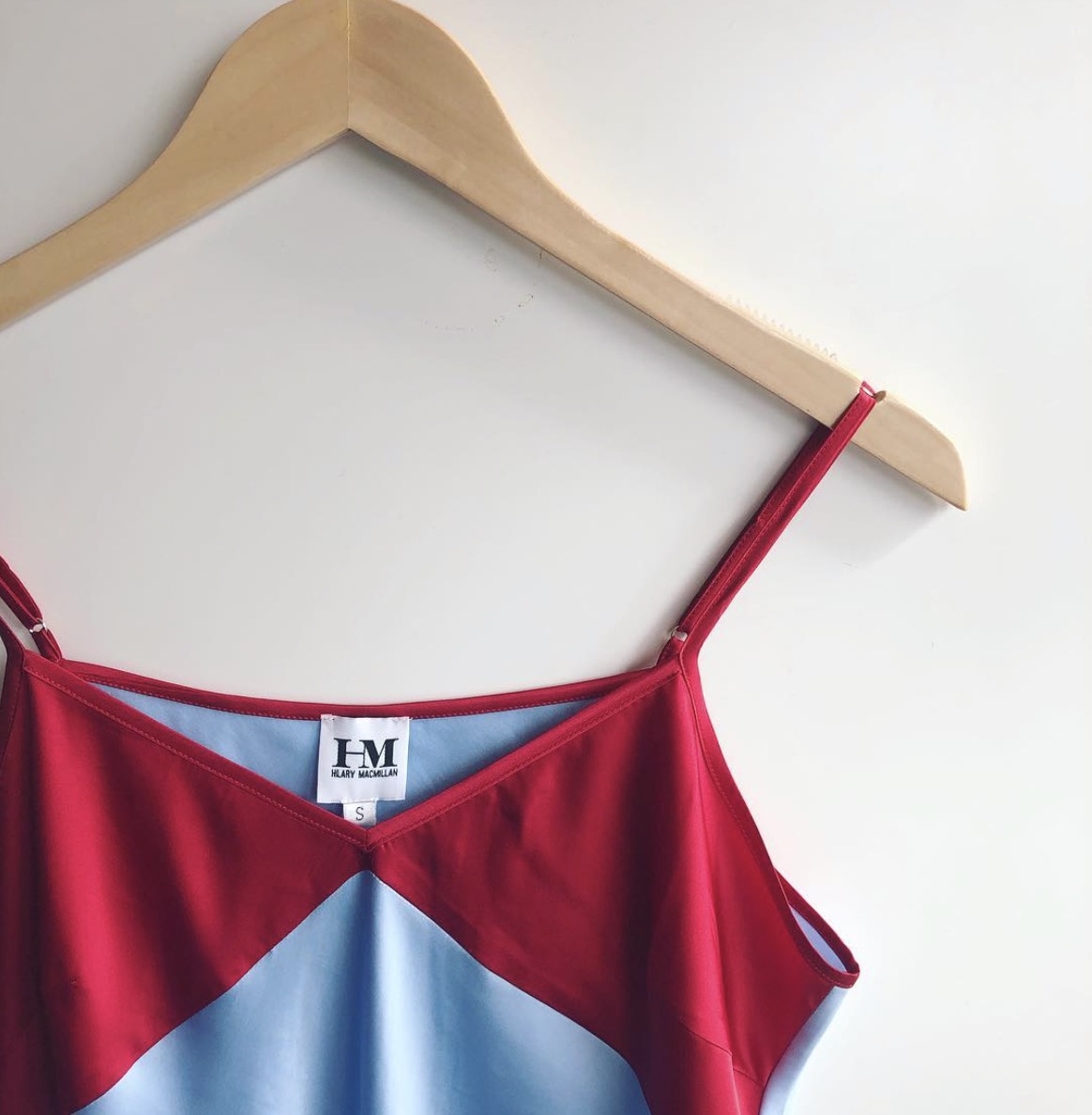Every shopper knows that the next stop for picked-over racks of sale items in the back of the store is it being removed from the sales floor. For one reason or another, the discounted price tag couldn’t help it appeal to customers and the items, sadly, likely won’t find a home in anyones closet in the immediate future. So, what really happens to the items that stores can’t sell?
Companies have options and the least desirable of which involves a demise that does the environment no favours.
Worst-case scenario, the duds nobody wants could end up in a landfill, just like the billions and billions of pounds of counterparts that have come before them.
View this post on Instagram
According to the Copenhagen Fashion Summit, an alarming 92-million tonnes of solid waste is dumped into landfills each year. With a move away from fast fashion – and its mass produced cheap and trendy offerings – the hope is that this figure doesn’t continue to rise.
Dodging the landfill, other unwanted items could simply sit in a warehouse collecting dust until somebody decides they are a waste of space – not an ideal situation either.
One option is to give back to charity via third party organizations. For example, the decades-old UK-based In Kind Direct – founded by the Prince of Wales – accepts all kinds of unsold stock to help the less fortunate through some 8,000 charities around the world.
The organization accepts everything from food and toys, to clothes and household items. Brands affiliated with the charity include major players like Johnson and Johnson, Procter and Gamble, and L’Oreal.
Locally, Toronto boutique Poor Little Rich Girl has worked with Canadian charity the Corsage Project, donating prom dresses (unsold items from seasons past) to girls who otherwise wouldn’t be able to afford one.
While giving back sounds like a no-fail way to discard of unwanted goods – and help countless people in the process – some brands simply don’t want their product getting into the wrong hands, fearing it will degrade the exclusivity factor and value of the label, or lead to counterfeiting.
That’s where the burning of perfectly good clothing and accessories comes into play. For some of the worlds biggest brands, it’s become a way to prevent items from being stolen, replicated, or sold for vastly reduced prices. But it’s obviously nothing to brag about.
Last year, luxury British brand Burberry made headlines – and, not surprisingly – faced major backlash – when it announced that it had burned about $37 million dollars of unsold clothing and cosmetics.
While the company said at the time that the products were burned in an ethical manner – with the energy created from the burning goods captured – it later announced that they would end the practice, becoming the first company to publicly declare to do so.
Sadly, it is still a reality for many retail brands though very few will admit it, nor are they required to.
View this post on Instagram
Naturally, the best-case scenario for the savvy shopper is that the items find their way into warehouse sales and outlet stores where they can be scooped up for extremely discounted prices. The fact that an item may be from last season is of little consequence to shoppers.
This comes at a time when many are shifting toward sustainable staple items with a longer shelf life, as opposed to the cheap tends of the moment that won’t see the light of day next season. These days, the quality-craving customer also wants to save money. So much so that traditional retailers have long gotten the hint, and many now have more discount outlets than full-priced stores.
Another relatively simple-to-execute option for companies is to pass off aging and unwanted inventory to third party discount retailers like Winners or Nordstrom Rack.
Of course, a natural solution to dealing with overstock is to not produce so much in the first place.

One way to gauge how much to produce is by hosting presales which are sales on items before they are widely available to the public. Canadian vegan brand Hilary MacMillan, for example, produces with sustainability in mind. Hilary only does runs of the items placed through retailers or seasonal presales because this way, there is little or no overstock left after the season ends which is cost-effective, as well as environmentally conscious.
Of course, for massive global companies, this isn’t possible. Future improvements in retail technology, however, will hopefully offer a better insight into the needs of customers and, subsequently, more strategic buying.
In the meantime, the hope is for anything except the unwanted items ending up landfills or up in smoke.
Featured Image: Pixabay
Articles You May Be Interested In:
6 Sustainable Toronto Fashion Brands On Our Radar
Why Some Fashion Brands Choose To Destroy And Burn Unsold Clothes
8 Retailers That Reward You For Your Old Clothes & Empties
20 Places To Donate Your Used Clothing In Toronto
Style Test: I Tried Shopping Plus Size Vintage At Value Village
